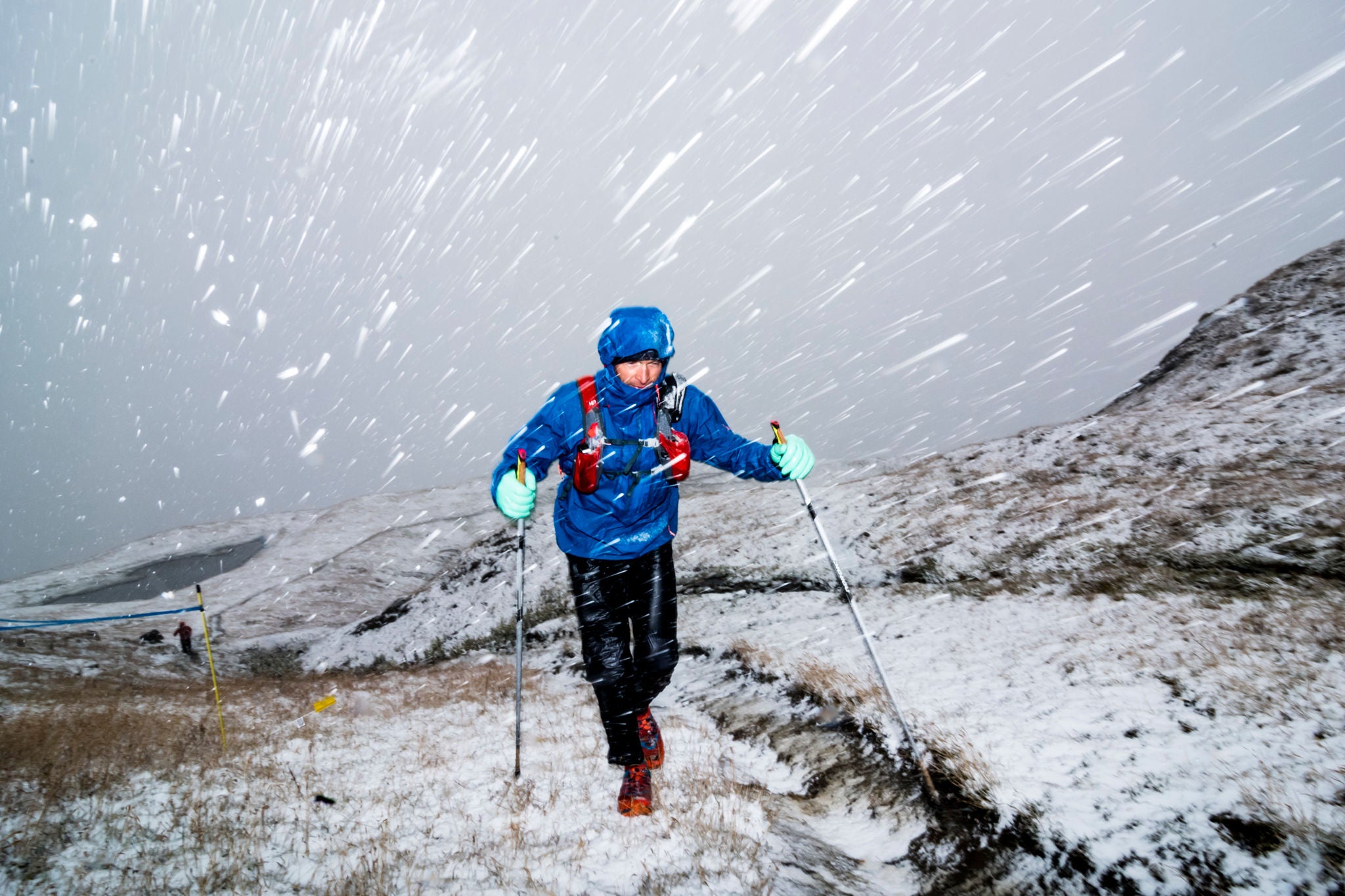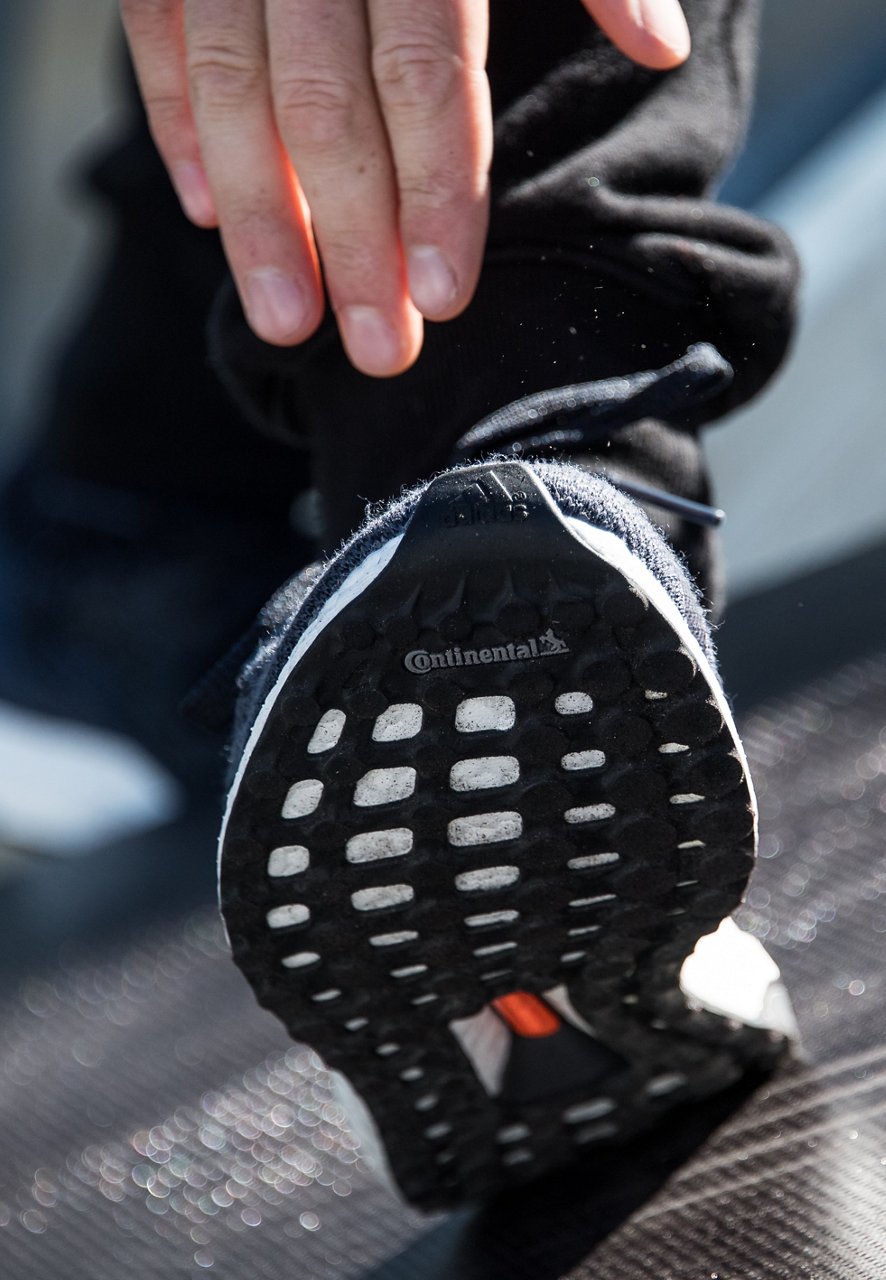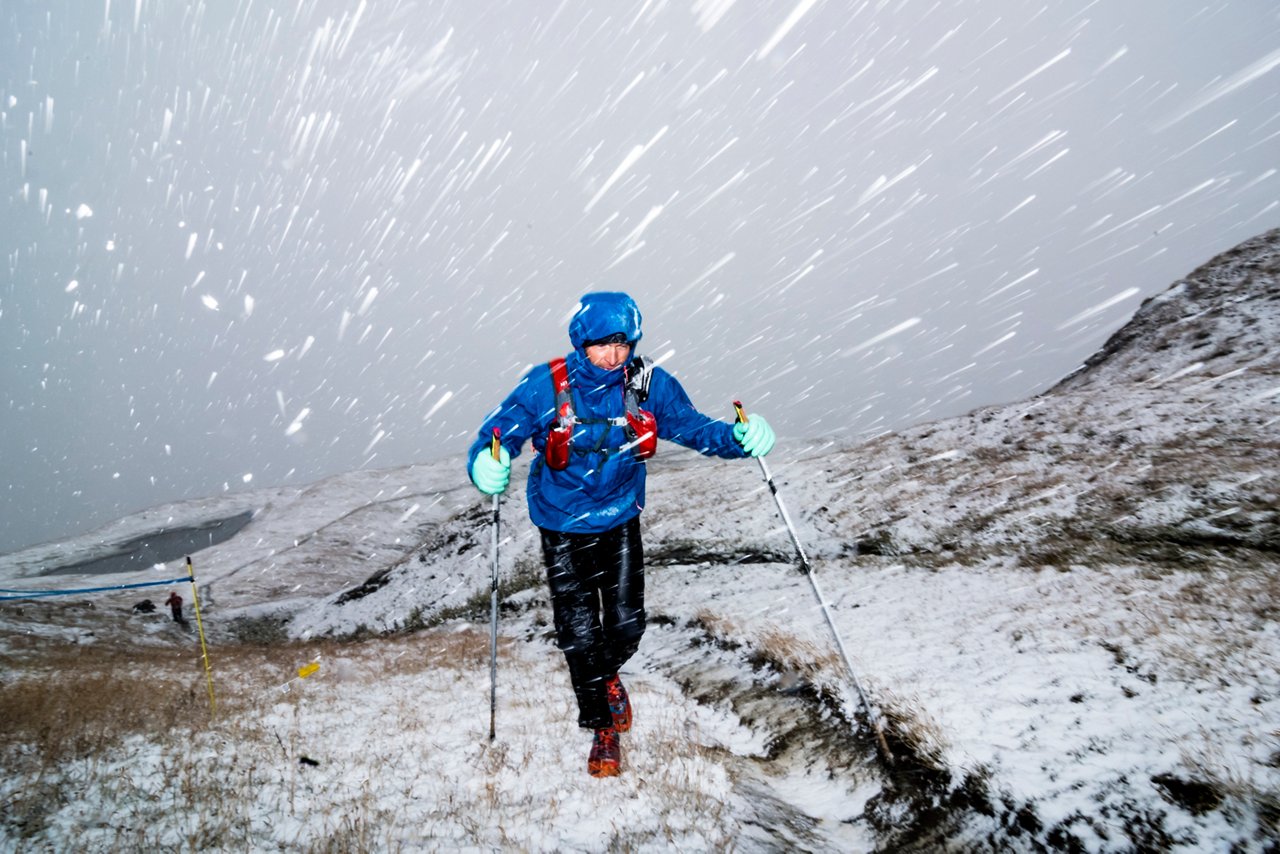
Visit Continental Tires in your country for local vehicle fitment
# Running
10 tips on running in winter
What you need to consider when you run in winter

Will breathing cold air harm your lungs? Is it okay to feel cold while you’re running? What kind of running shoes deliver grip on ice? Professor Christina Spengler teaches at the Institute of Human Movement Sciences and Sport at ETH Zurich; here she presents ten tips that make running in winter even more fun.
1. Resist the magnetic pull of your comfy couch
As a general rule, you should definitely not be less active in winter than in summer. Cold weather is no excuse for passing up a chance for some exercise. When the weather is crisp and cold, running in the fresh air can be even more refreshing and invigorating. But if you really can’t stand the thought of going out, opt for indoor sports instead – go swimming or to the local gym, or even exercise at home, with or without an online coach. Because all of the scientific literature agrees that physical exercise is the best medicine and helps to prevent a whole series of illnesses.
2. You can always go for a run – if you wear the right clothing
Our sense of what feels cold or even too cold varies from one person to the next, although women do tend to feel the cold more than men. So there’s no single silver bullet solution in terms of what or how many layers (see below) you should wear. That will be determined by your subjective sense of how cold it feels and how far you are intending to run. The longer you are out running, the more your body will warm up. So coming back to those layers of clothing, when running in cold weather, be sure to apply the “onionskin” principle and wear several layers of clothing, ideally made of breathable fabric. Then if you get too warm, take off the top layer and tie it around your waist. The general rule is that it’s okay to feel a little cold when you set off; you’ll soon warm up. What’s really important, though, is to wear reflective clothing so that you’re clearly visible to all road users.
When running in cold weather, be sure to apply the “onionskin” principle and wear several layers of clothing, ideally made of breathable fabric.
3. Warm up before you set off
No matter if it’s summer or winter, your muscles and joints will benefit from a short warm-up routine. This will get your metabolism going and warm up your muscles. Warming up is particularly important in winter. The colder your muscles, the more likely you are to sustain an injury. The human muscles are not particularly efficient, as they convert just 25 percent of the energy uptake into actual motion. The majority is converted into heat.
 Running in winter can be fun – if you take note of a few basic tips.
Running in winter can be fun – if you take note of a few basic tips.
4. Breathe through your nose
If you’re not heading for the North Pole or the Himalayas, in principle you can go running outdoors at all normal winter temperatures. In Central European latitudes at least, there is hardly ever a day on which it’s truly unpleasant outside. let alone unhealthy. The important thing, when it’s frosty, is to breathe through your nose. Our noses warm and moisturize the cold air, as well as filtering out any dust and dirt. Incidentally it’s best to breathe both in and out through your nose. Because when you exhale, your breath moisturizes and warms the mucous membranes. If, on the other hand, you only inhale through your nose, you are robbing those membranes of both heat and moisture. That said, some runners can breathe through their noses better than others, as this depends to a very large extent on the anatomy of the nose. If you have a smaller nose with narrow nostrils, less air will be drawn in with each breath, resistance becomes too strong, the respiratory muscles are overtaxed and you grow short of breath. If that is the case with you, then you should also breathe through your mouth.
5. Covering your mouth and nose can help
Some people have problems with cold air when out running. Cold air is normally dry and can irritate the airways. Running with a light scarf or buff over your mouth and nose helps by collecting moisture and warming the air a little before you inhale it. Sports equipment stores stock special face masks with Velcro fasteners. Otherwise just use a light scarf. Incidentally, some runners with sensitive respiratory tracts deliberately go running in misty conditions, because then there’s more moisture in the air. At the same time, though, mist also absorbs dirt and dust more effectively, which irritates the airways all the more. So running in the mist is not such a neat trick, particularly not for those who suffer from irritations of the respiratory tract.
Cold air is normally dry and can irritate the airways. Running with a light scarf or buff over your mouth and nose helps by collecting moisture and warming the air a little before you inhale it.
6. Make sure your feet can grip
When you run in winter you’re sure to encounter tricky ground conditions. With ice, snow or slush to contend with, you will need the right shoes with more tread on the soles to provide more grip. A number of different manufacturers offer models that are well suited to wintry conditions. Because if your shoes tend to slip, it will break your natural running style and rhythm. Or you might take a tumble and hurt yourself.
 Tires and shoe soles have something in common: They provide the grip that keeps us on track. Together, Continental and adidas develop running and outdoor shoes with the ideal running properties, even when the going gets slippery.
Tires and shoe soles have something in common: They provide the grip that keeps us on track. Together, Continental and adidas develop running and outdoor shoes with the ideal running properties, even when the going gets slippery.
7. Never go running if you’re not well
Winter is the season for coughs and colds. So the rule is: Only go running if you’re 100 percent fit. A nasty cold, particularly if you also have a fever, can prove dangerous, because the virus can build up around the heart, leading to inflammation. Often enough you won’t even notice this happening, but in some cases it can even lead to scar tissue forming in the heart. Give your body time to relax and recover. As a rule of thumb, don’t start running again until at least 24 hours after your fever is gone and then build up again slowly.
8. Drink a lot!
Your body needs a higher fluid intake in winter than in early summer for example. Moisture leaves the body with every breath you take, so you need to drink a sufficient amount before you set out. If you’re planning a longer run, lasting say an hour or more, you should also take along something to drink. When it comes to food, listen to what your body or instincts are telling you. Some people like a morning run on an empty stomach, because that boosts fat burning. On the other hand, some people argue that, during sports, carbohydrates in the body offer protection against infections of the airways. At the end of the day, you need to decide for yourself what feels better: running on a full or empty stomach.
9. Getting enough sleep is crucial
Getting enough sleep is always vital for athletes, but never more so than in winter.
A lack of sleep weakens your immune system and leaves the body more vulnerable to colds, particularly when temperatures drop. Added to which, exercise feels distinctly more strenuous when you’re short of sleep than when you’re well rested. And be sure to take enough time out to relax after a run

10. Keep to a healthy speed
Inexperienced runners or people who start running again after a break tend to run too fast and risk overtaxing their systems. To benefit your health, you should run roughly two and a half hours per week at a moderate pace. Moderate means that you should just about be able to maintain a conversation while running, without getting out of breath. Then there is the airflow to consider – the air flowing around you as you run. The faster you run, the bigger the impact of airflow. The effects of airflow are felt less by runners than by cyclists, for example, but it’s still a relevant factor, particularly in cold weather. On account of what’s known as the wind chill factor, the faster the air flows past you, the colder you feel it is. So if you like to run fast, you would do well to slow down a little from time to time.
